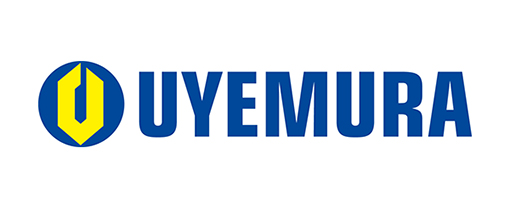Structure Your Paper
Structure of Technical paper for publication is shown in below.
Source: Information for Authors, Section 3-2
Title
Your paper title should be specific, concise, and descriptive. Avoid using unnecessary words such as “new” or “novel”. Include keywords that will help a reader find your paper.
Abstract
Provide a concise summary of the research conducted. Include the conclusions reached and the potential implications of those conclusions. Your abstract should also:
- Consist of a single paragraph up to 200 words, with correct grammar and unambiguous terminology.
- Be self-contained. No abbreviations, footnotes, references, or mathematical equations.
- Highlight what is unique in your work.
- Include 3-5 keywords or phrases that describe the research to help readers find your paper.
Keywords
Using the right keywords in your paper can make your paper more easily and reliably discoverable—which leads to a broader readership for your paper. 5-10 keywords are preferred.
Authors
Follow Authorship when determining who belongs on the author list.
Be sure to carefully check the rendering of your name in your article during the proof stage before article publication.
Funding Footnote
If the research reported in your paper was supported by a funding source, include the funder’s name and grant information in a footnote on the first page of the paper.
Introduction
Help the reader understand why your research is important and what it is contributing to the field:
- Start by giving the reader a brief overview of the current state of research in your subject area.
- Progress to more detailed information on the specific topic of your research.
- End with a description of the exact question or hypothesis that your paper will address. Also state your motivation for doing your research and what it will contribute to the field.
Methodology
The methodology section is a straightforward description of what you did in your research and how you did it. A detailed methodology section will make your article reproducible by other researchers, which helps others trust and build upon your work.
Results and Discussion
Show the results that you achieved in your work and offer an interpretation of those results. Acknowledge any limitations of your work and avoid exaggerating the importance of the results.
Conclusion
Summarize your key findings. Include important conclusions that can be drawn and further implications for the field. Discuss benefits or shortcomings of your work and suggest future areas for research.
Acknowledgments
You can recognize individuals who provided assistance with your work but who do not meet the definition of authorship. The acknowledgments section is optional.
References
Provide citation information for all the previous publications referred to in your paper. Cite only those references that directly support your work.
Figure captions
Figure captions should be standalone, i.e., descriptive enough to be understood without having to refer to the main text. Effective captions typically include the following elements:
- A declarative title that summarizes the result or major finding of the data you are presenting in the figure.
- A brief description of the methods necessary to understand the figure without having to refer to the main text.


